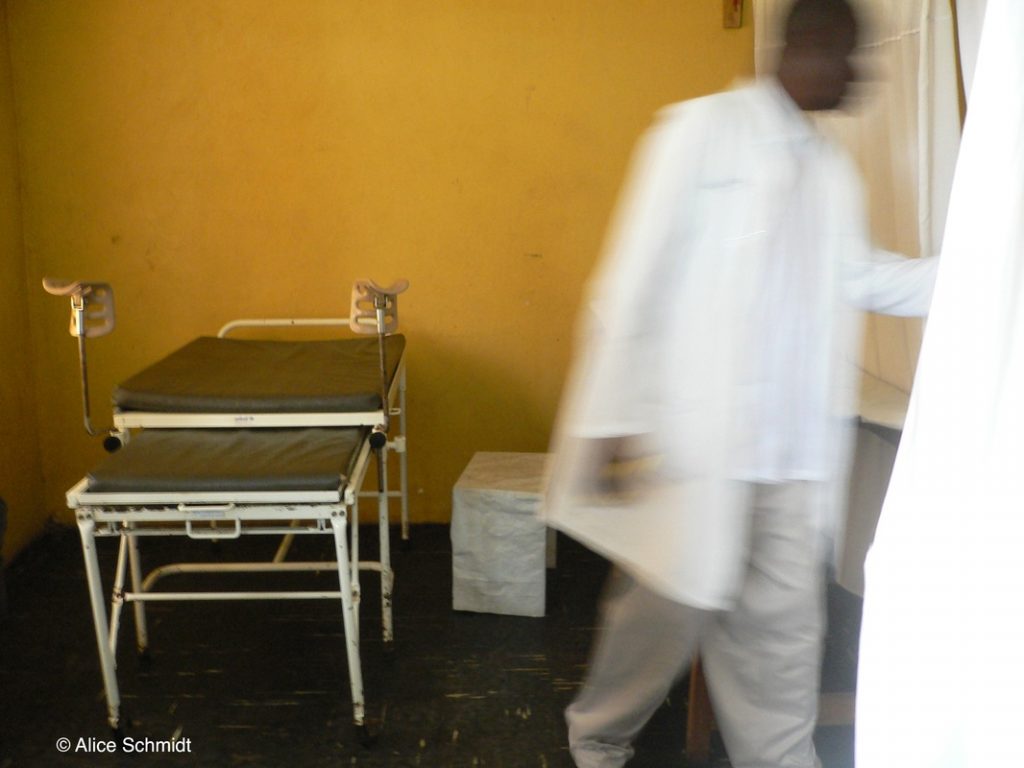Improving access to medicines has long been recognised as a development issue. Both public and private actors, including pharmaceutical companies, are working to improve access for poor and middle-income populations in developing countries. Access to medical technology, however, is not widely discussed. This relative silence is interesting given that some medical technologies – ranging from spectacles and syringes to ultrasound devices and total body scanners – have similar life-enhancing and life-saving features and yet access to medtech is severely constrained in low-resource settings. This is all the more curious given that many medtech companies are looking for opportunities to expand to emerging markets in the global South.
To date, most medtech multinationals appear to be focused on delivering their existing offerings to premium market segments in poorer countries. Alternatively, some serve low- and middle-income markets with older generation or lower quality products. At the same time, well-meaning but misguided public and civil society players sometimes make expensive medtech available to under-resourced health facilities in low-income settings without considering contextual factors. Consequently, fancy devices end up not being used at all or according to their designation and, in the worst case, they drain resources away from life-saving devices and procedures.
In low-resource settings, health systems face numerous challenges. The medtech industry must take into account the shortage of health care professionals, their lack of training and knowledge, regulatory hurdles, potential political and financial risks, and other factors. At the same time, the market potential for medtech products is large: in India, for example, demand for medical devices is growing at double digit growth rates. To cater to this growing demand, medtech companies must reconsider their strategies. They need to develop innovative technologies that use alternative power supplies; resist heat, humidity, and dust; relieve the workload of overworked health personnel; require little maintenance; and can be operated – with no risk to patient safety – by personnel with little specialised training. Moreover, such technologies must be embedded in innovative business models that are tailored to low-and middle income market segments, making treatment with new devices accessible and affordable.
Together with Endeva, I am developing a study and guidelines for medtech players on business models in low-resource settings. We will investigate the potential of low- and middle-income markets, assess and analyse current practice of medtech companies, and document best practices and strategies. Please contact me if you are a medtech company interested in participating in this research project.
This blogpost was authored by Alice Schmidt.


